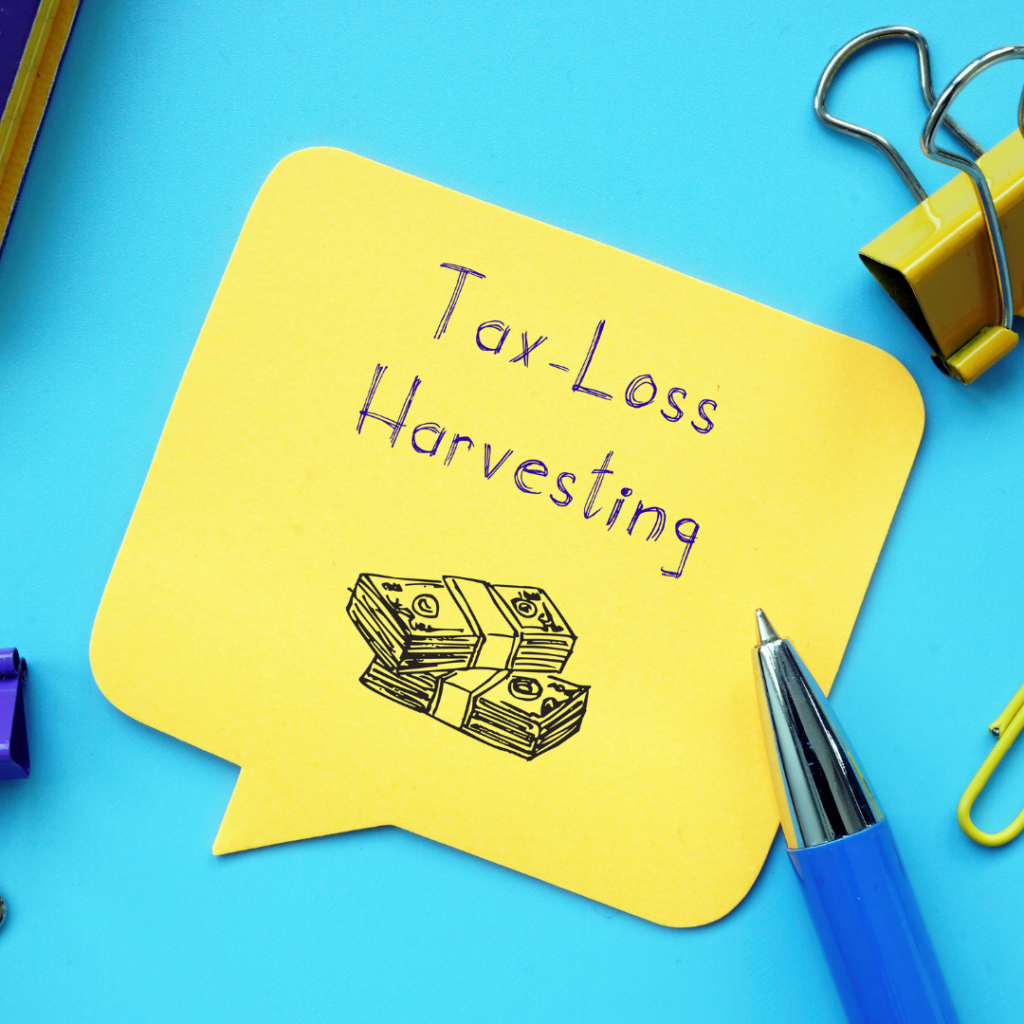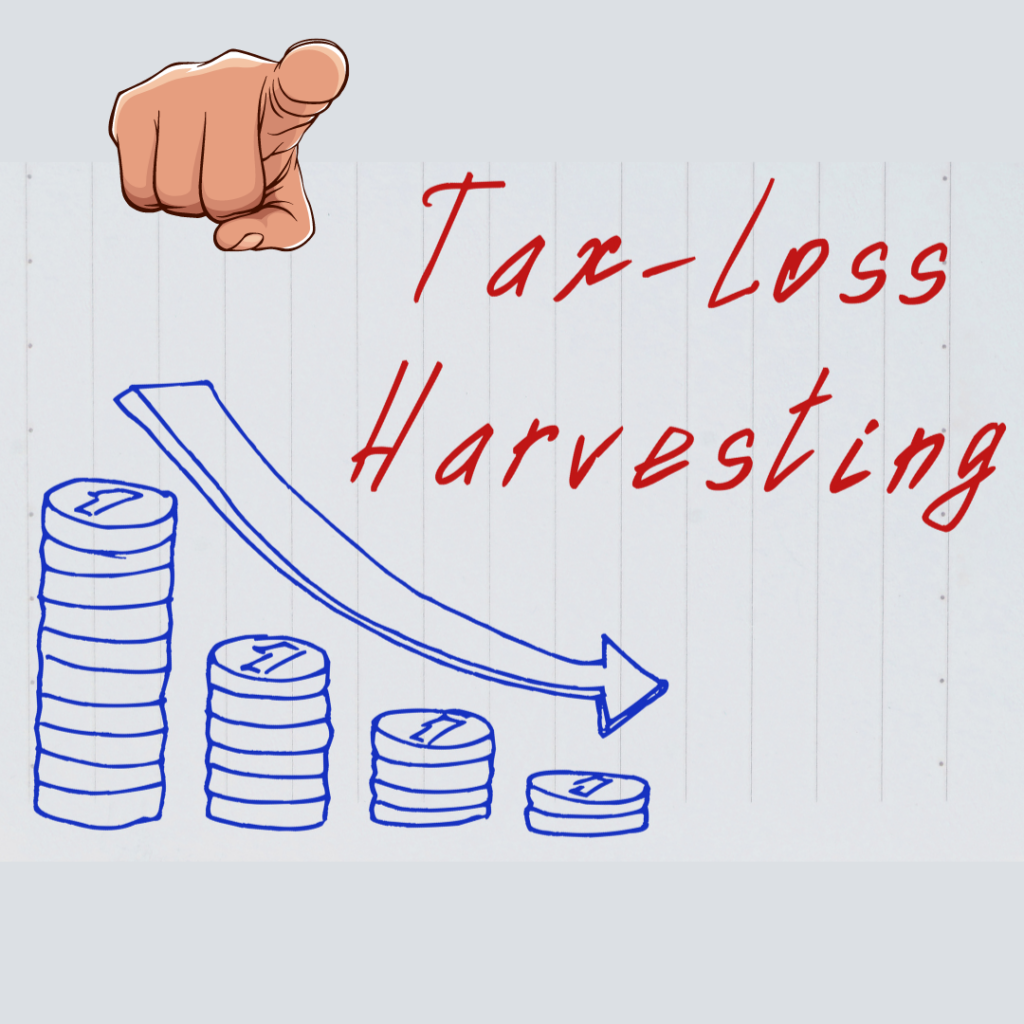Is Crypto Tax Loss Harvesting Right for You? The Pros and Cons Explained
Crypto tax loss harvesting can reduce taxable gains and income while rebalancing your portfolio. However, investors must also consider the opportunity cost of selling assets too early, potentially paying more taxes in the long run, transaction fees and the need for meticulous record-keeping.
Let’s face it. Nobody likes paying taxes. Whether you’re a crypto investor, a day trader, or a business owner, seeing a chunk of your crypto profits disappear into the government’s hands can be frustrating. And that is what may have led you to explore the tax loss harvesting strategy.
But what exactly is crypto tax loss harvesting, and is it really worth the effort? In this article, we’ll take a deep dive into the pros and cons of this popular tax-saving strategy, helping you decide if it’s the right move for you.
What is Crypto Tax Loss Harvesting?

In most countries (including the US), profits from buying, selling, or spending crypto are taxed as capital gains. That means if you sell your digital assets for more than you bought them for, you may owe the government a chunk of that profit.
Conversely, losses can be used to offset capital gains made from crypto and other assets, like stocks and securities, to reduce your overall tax liability.
Tax loss harvesting is a time-honored tax-saving strategy that involves intentionally selling your crypto assets at a loss to offset capital gains and reduce your overall tax bill. It’s a perfectly legal and ethical way to reduce your taxes.
Here’s how it works:
Let’s say you bought 5 Bitcoins for $2,500 each and 20 Dogecoins for $100 each in 2021.
Fast forward to 2023, and your Bitcoins have skyrocketed in value to $5,000 per unit, while Dogecoin has taken a bit of a hit and is now worth $50 per unit.
You decide to cash out some of your gains, selling 3 Bitcoins for $5,000, realizing a capital gain of $7,500 ((3 units x $5,000 selling price – 3 units x $2,500 purchase price).
At the same time, you also sell 10 Dogecoins, taking a capital loss of $500 (10 units x $50 purchase price – 10 units x $50 selling price).
Now, here’s where tax loss harvesting comes in handy. You can use that $500 loss to offset your $7,500 gain, meaning you’ll only pay taxes on $7,000 instead of $7,500.
And just like that, you’ve managed to save some serious money on taxes while still cashing in on some impressive gains.
How to harvest losses?
While crypto tax-loss harvesting requires a lot of planning and strategizing, the basic steps involved are pretty straightforward: identify crypto assets sitting at a loss, sell them before the end of your financial year and report the losses.
However, doing this manually can turn into a real headache, especially if you have a large and diverse portfolio. Instead, it makes more sense to use a crypto tax tool like Bitcoin.Tax that will automatically spot tax loss harvesting opportunities in your portfolio, streamlining the process and saving you time.
Pros of Crypto Tax Loss Harvesting
Reduce Taxable Gains and Income: The first and most obvious advantage of crypto tax loss harvesting is it can reduce your taxable gains and, in the US, even your taxable income by up to $3000 (if you don’t have any gains to offset). Additionally, you can offset crypto losses against other asset classes, like stocks and securities.
Overall, tax loss harvesting is a great tool to reduce your tax liability.
Portfolio Rebalancing: By selling off underperforming crypto assets, you can free up capital that can be invested in other areas of your portfolio with greater growth potential, allowing you to adjust your risk and reward threshold and allocate your investments to maximize long-term returns.
It’s worth noting that tax loss harvesting and portfolio rebalancing are two separate strategies with different objectives.
While tax loss harvesting primarily focuses on reducing your tax liability, portfolio rebalancing aims to adjust the allocation of your investments to align with your long-term goals and risk tolerance.
However, there may be times when your tax loss harvesting needs align with your portfolio rebalancing goals, giving you double the benefits.
The Absence of Wash Sale Rule in Crypto: Crypto investors in the US (and other countries without a wash sale rule for crypto) can take advantage of tax loss harvesting without worrying about the wash sale rule.
If you don’t already know, the wash sale rule prevents investors from selling an asset to realize losses only to repurchase it instantly. As per the wash sale rule, if you buy the same assets before or after 30 days of selling the original batch, you lose your right to claim losses on them.
However, the wash sale rule only applies to stocks and securities in the US. This means you can sell your crypto assets at a loss, harvest the losses, and then repurchase them immediately afterward.
The government will most likely close this loophole sooner than later, but until then, it’s perfectly legal. However, experts still warn against misusing or overdoing it, as it may attract unwanted attention from the authorities, which is the last thing any investor wants.
Find out if your country has a wash sale rule for crypto.
Cons of Crypto Tax Loss Harvesting
Opportunity Cost: When investors focus solely on tax savings, they may end up selling their crypto assets too early, preventing them from realizing the full potential of their investments.
For example, let’s say you harvest some losses by selling a chunk of your underperforming coins in December to offset gains from earlier in the year. However, the market rallied in January, and the crypto you sold recovered and experienced significant gains.
In this case, If you had held on to it a couple more months, you could have realized a much bigger profit than what you saved in taxes.
On the other hand, if an investor holds onto their crypto for too long, hoping for a recovery, they may miss the chance to sell it for a profit (or loss to offset their gains) and reinvest in another asset with better growth potential.
Your tax planning should complement your investment goals. Not the other way around. Focusing too much on short-term tax savings can make you blind to your long-term investment strategy. This is also where knowledge and experience about the market and different cryptocurrencies come into play to help you make calculated decisions.
Higher Capital Gain Taxes in the Long Run: One common practice in crypto tax loss harvesting is to sell your crypto assets, harvest the losses, and then repurchase the same coin either immediately or after a few weeks. While this may seem clever, it can actually result in a larger tax bill in the long run.
How?
By purchasing the same crypto at a lower cost basis than your initial acquisition cost, you are setting yourself up to pay more capital gain taxes in the long term. In essence, what you save today, you may have to end up paying the equivalent or more in the future. This is especially true for taxpayers utilizing the absence of the wash sale rule in crypto.
Some may argue that every penny you save today in taxes is worth the extra you pay in the future, as your gains will multiply in the long term, making these small losses and missed opportunities irrelevant. However, it ultimately boils down to your overall portfolio and long-term investment goals.
Transaction Fees: When selling a crypto asset, you will typically incur fees, such as transaction fees and network fees, which can quickly add up and eat away at your tax savings.
For example, if you sell a crypto asset with a $200 loss and your transaction fees amount to $50, your tax savings would only be $150.
This may not seem like a lot, but when you add multiple factors to the equation, the fees can quickly compound and even exceed the total amount you save in taxes, resulting in a net loss.
Moreover, the transaction fees vary widely depending on the exchange, the particular coin and market volatility. Therefore, it’s essential to carefully consider these costs when deciding whether tax loss harvesting is the right strategy for you.
Record-Keeping: The IRS and other tax authorities require crypto investors to report every single transaction on their tax return, including the date, time, amount, cost basis, and selling price. This means you need to maintain meticulous records of every transaction you make.
Moreover, it gets even more complicated if you are a frequent investor who uses multiple exchanges and wallets or engages in complex crypto transactions, such as staking and yield farming.
However, as mentioned before, there is a solution. You can use Bitcoin.Tax to streamline your entire record-keeping and tax reporting process. It simplifies your crypto tax reporting and automatically notifies you of tax loss harvesting opportunities.
Is Crypto Tax Loss Harvesting Right for You?

You know the drill. There is no ‘one size fits all’ answer to this question.
Whether it’s right for you or not depends on so many different factors. While we can’t address them all, the following are the most important factors you should consider before implementing this strategy.
- Crypto tax loss harvesting should align with your overall investment goals, as explained throughout this article.
- Selling assets at a loss and dealing with uncertainty can be emotionally tough, so assess your risk tolerance and comfort level with taking losses.
- Tax loss harvesting is more effective for larger portfolios, especially for investors with significant gains to offset.
- Evaluate your current tax situation – your marginal tax rate and capital gains/losses from other investments to determine if this strategy is right for you.
- Implementing tax loss harvesting requires ongoing monitoring of your crypto portfolio and market trends. So, be prepared to dedicate time and effort to the strategy.
Overall, you should carefully consider all the pros and cons of crypto tax loss harvesting, your current situation and investment goals to reach a meaningful conclusion. If you’re still unsure, we suggest you consult a tax professional to help you out.
FAQ
When is the best time to tax-loss harvest?
Many people wait until the end of the year to sell their crypto assets at a loss, but this may not always be the best strategy. Instead, it may be better to sell your crypto during a major price dip.
For instance, if you bought 5 ETH for $9,000 and the price falls to $4,000 in August, selling it at this point would allow you to harvest $5,000 in capital losses. However, if you wait until December when the price rallies back to $8000, you’ll only have $1000 to offset.
However, harvesting losses during price dips may not be the best strategy for everyone. Consult a tax professional to help you determine the best strategy for your situation.
Does the wash sale rule apply to crypto?
In the US, the wash sale rule only applies to stocks and securities, and since the IRS treats crypto as property for tax purposes, the wash sale rule currently doesn’t apply to crypto. However, the government will eventually close this loophole at some point.
Is crypto tax loss harvesting worth it?
Whether crypto tax loss harvesting is worth it or not depends on your investment goals, risk tolerance, portfolio size, specific tax situation and income bracket, and how much time and effort you’re willing to put into the strategy.